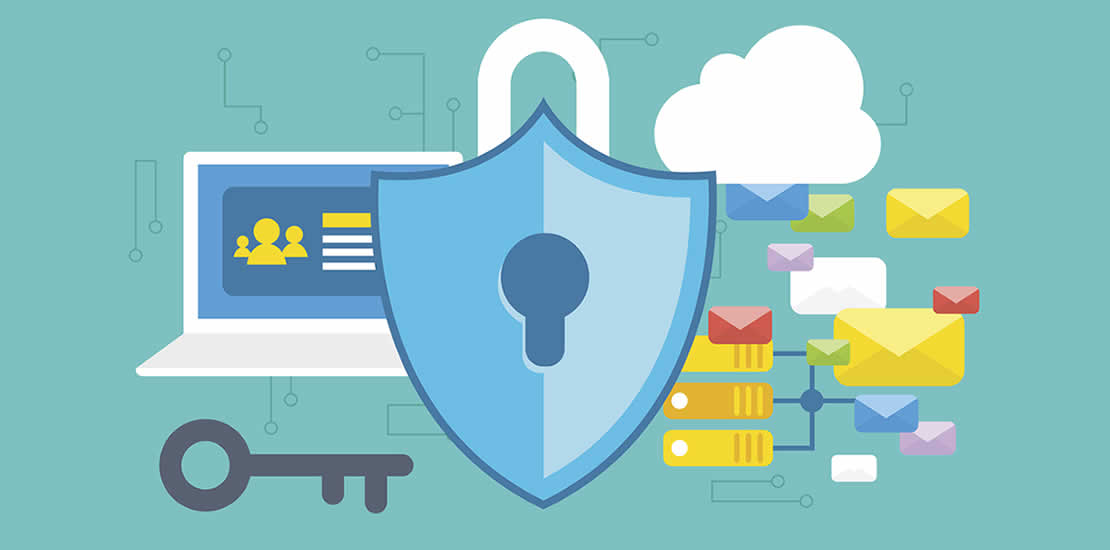What is anti-malware?
Antimalware refers to software specifically designed to detect, prevent, and remove malicious software, commonly known as malware, from computer systems. This type of software encompasses various tools and technologies aimed at safeguarding devices and networks against a wide range of cyber threats.
Benefits of Antimalware:
- Threat Detection and Prevention: Antimalware solutions continuously scan systems to detect and prevent various types of malware. This includes viruses, worms, Trojans, ransomware, spyware, and more. By identifying and neutralizing these threats, antimalware helps safeguard sensitive data and system integrity.
- Protection Against Evolving Threats: Cyber threats constantly evolve and become more sophisticated. Antimalware software, if regularly updated, provides defense mechanisms against new and emerging threats. This adaptive nature ensures a proactive approach to security.
- Enhanced System Performance: Malware can significantly impact system performance, causing slow-downs, crashes, and other issues. Antimalware tools help maintain system efficiency by identifying and removing malicious software that might hinder performance.
- Data Security and Privacy: Malware often aims to compromise sensitive information. Antimalware protects data integrity and privacy by preventing unauthorized access, data theft, or loss due to malware attacks.
- Securing Network and Online Activities: Antimalware isn’t limited to individual devices; it also extends its protection to networks. It safeguards network infrastructures, preventing malware from spreading and causing widespread damage.
How Antimalware Works:
- Scanning and Detection: Antimalware conducts regular scans of the system’s files, programs, and memory for known malware signatures or suspicious behavior. Signature-based detection compares patterns against a database of known malware, while heuristic analysis identifies potential threats based on behavior.
- Quarantine and Removal: Upon detection, the antimalware software isolates the infected files or software into quarantine to prevent further damage. It then proceeds to remove or neutralize the malware from the system.
- Real-time Protection: Many antimalware solutions offer real-time protection by actively monitoring system activities and incoming data. This proactive approach helps prevent malware from infiltrating the system.
- Automatic Updates: Antimalware programs require regular updates to stay effective against new threats. These updates include the latest malware definitions and security patches. Automatic updates ensure that the software remains equipped to combat evolving threats.
- Behavioral Analysis: Some advanced antimalware tools employ behavioral analysis to detect unknown or zero-day threats. By monitoring software behavior, these tools can identify anomalies that might indicate a potential threat.
- Machine learning and AI: Modern antimalware solutions utilize machine learning and artificial intelligence (AI) algorithms to enhance threat detection. These technologies enable the software to adapt and learn from new malware patterns, improving its effectiveness over time.
Antimalware software is a critical component of cybersecurity, offering numerous benefits in combating the ever-evolving landscape of cyber threats. By employing various detection methods and proactive defense mechanisms, antimalware helps protect systems, data, and networks from malicious attacks, ensuring a safer and more secure digital environment. Regular updates and the integration of advanced technologies further bolster its effectiveness in safeguarding against emerging threats.
